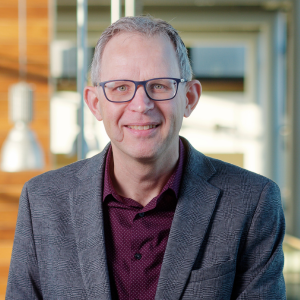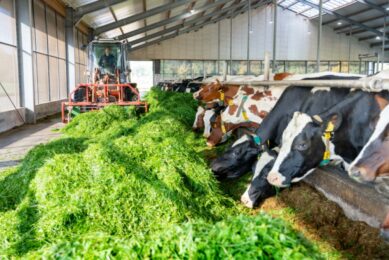Sustainability on the menu at a one-off road show

More than ever, ‘sustainability’ is the main focus of global events. In a world post-Covid-19, most players in global agriculture appear very conscious of themes like environmental pressure, climate change and agriculture’s licence to produce. The 2023 Alltech One conference, held in Dublin, Ireland, on 19 and 20 June, was no exception.
Normally, Lexington in the US state of Kentucky is the place to be for the annual Alltech One event. Not in 2023, though, as the animal nutrition and health company decided to go out and about this year and reach its target audience through a series of events “on location”, with cities to be visited including Budapest, Dublin, Calgary, Washington, DC and Abu Dhabi.
Sustainability
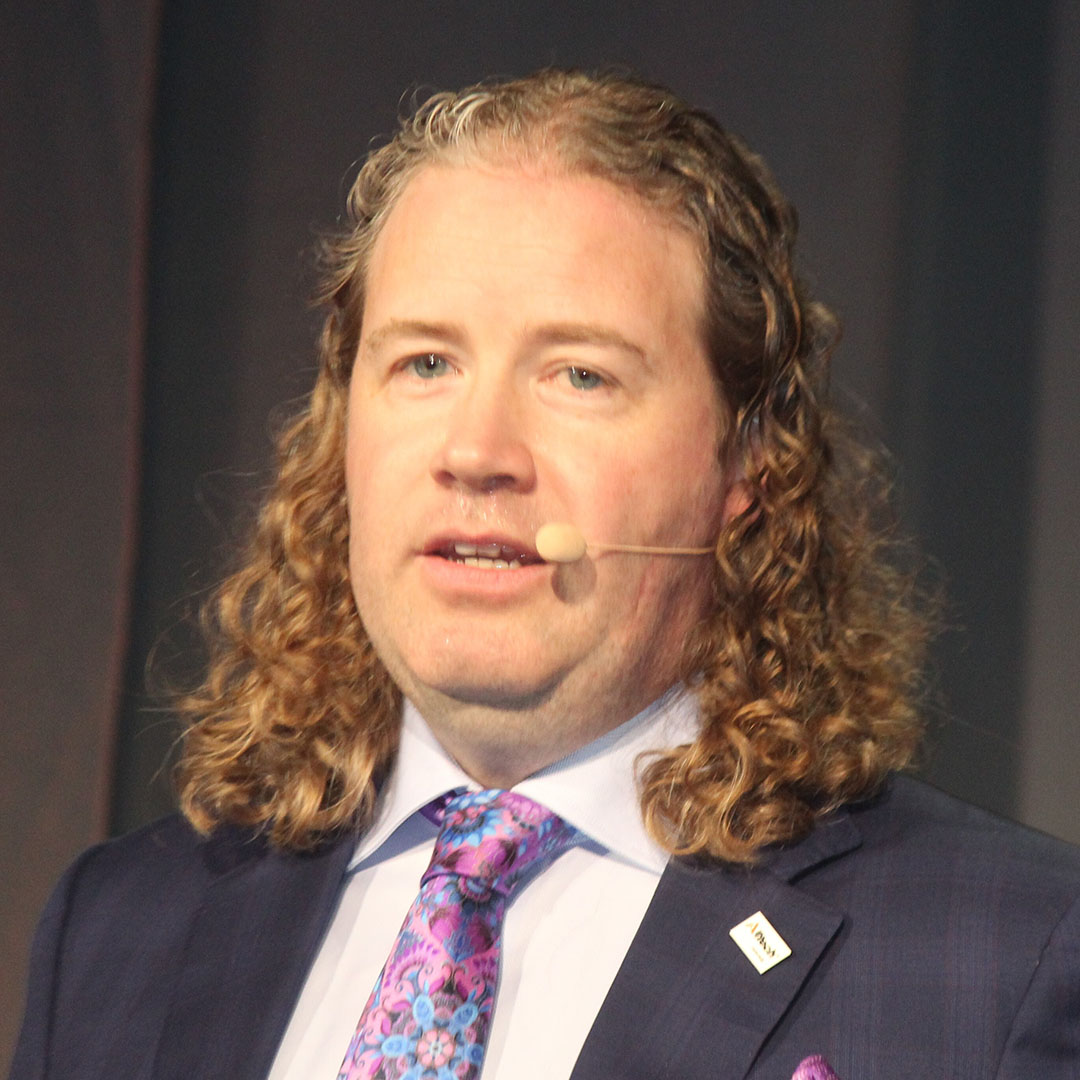
In 2023, the buzzword at many key events in agriculture is ‘sustainability’, and the 2023 edition of Alltech One fitted in well. Agriculture’s role in a changing environment was addressed by Dr Mark Lyons, Alltech president and CEO. He started by pointing out that the world of agriculture is facing significant challenges. Various companies in the global food and feed industry are struggling, he said, and that is on top of Europe’s Green Deal, greenhouse gas targets and general climate change.
Moving away from negativity, he launched a plea for telling the story in a different way. “We have to nourish our population and preserve the planet,” he told his audience, adding, “It is a huge responsibility and also an opportunity.” Agriculture, in his view, is not part of the problem but should be part of any solution to create a better world. And obviously, in his view, his company has a role to play in that process.
The impact of animal production
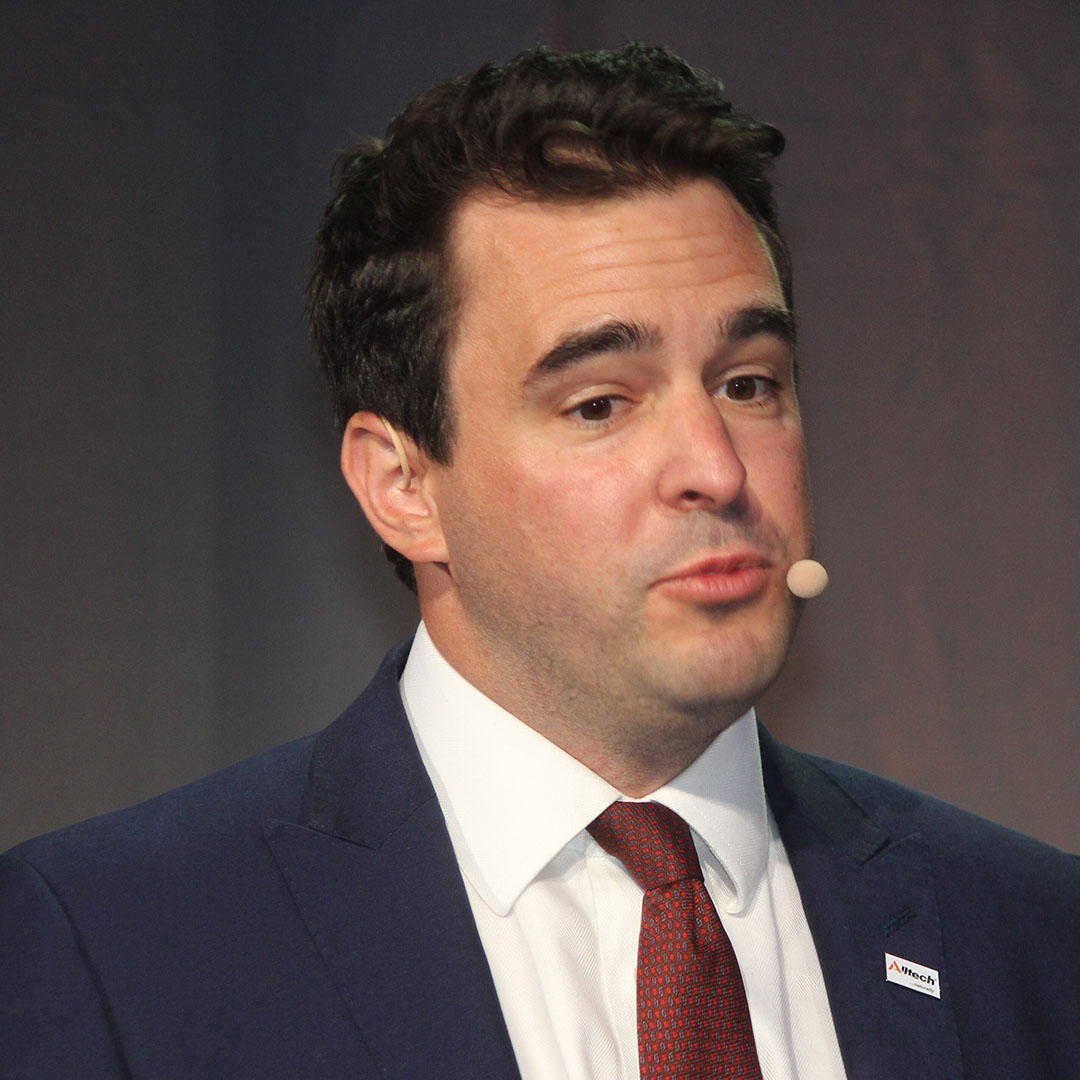 Fast forward to the animal track parallel sessions, where Will Streatfeild, the company’s key account lead E-CO2, explained in detail what kind of environmental problems and solutions can be identified in livestock production. He summed up “9 levers of change” – or areas that have the potential to deliver a positive turnaround. He identified methane mitigation, productivity, herd health, feed efficiency, protein efficiency, global warming potential of feed, soil health, green energy and sequestration. Each sector in livestock production has its own challenges and deserves its own solution as well. Streatfeild stressed, however, that each lever has data at its heart – both in assessing the size of the problem as well as in solving it.
Fast forward to the animal track parallel sessions, where Will Streatfeild, the company’s key account lead E-CO2, explained in detail what kind of environmental problems and solutions can be identified in livestock production. He summed up “9 levers of change” – or areas that have the potential to deliver a positive turnaround. He identified methane mitigation, productivity, herd health, feed efficiency, protein efficiency, global warming potential of feed, soil health, green energy and sequestration. Each sector in livestock production has its own challenges and deserves its own solution as well. Streatfeild stressed, however, that each lever has data at its heart – both in assessing the size of the problem as well as in solving it.
In dairy cows: reducing methane
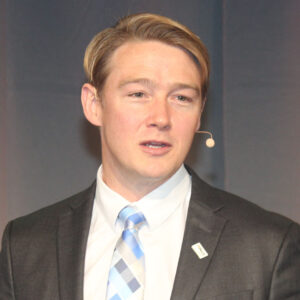 Very topical in Ireland in June 2023 was methane emissions by dairy cows, as the country’s government had just announced that it is considering a reduction of the country’s total by 65,000 cows per year for that reason. No surprise then that “methane mitigation” was key in the presentation of Alltech’s Dr Vaughn Holder, director of ruminant research, who explained how dairy cow producers can be assisted to lower their farm’s methane emission levels. His answer: through innovative nutritional strategies. He summed up, for instance:
Very topical in Ireland in June 2023 was methane emissions by dairy cows, as the country’s government had just announced that it is considering a reduction of the country’s total by 65,000 cows per year for that reason. No surprise then that “methane mitigation” was key in the presentation of Alltech’s Dr Vaughn Holder, director of ruminant research, who explained how dairy cow producers can be assisted to lower their farm’s methane emission levels. His answer: through innovative nutritional strategies. He summed up, for instance:
- Enzyme inhibition;
- Alternate hydrogen sinks; and
- Rumen modifiers.
In pig production: feed efficiency
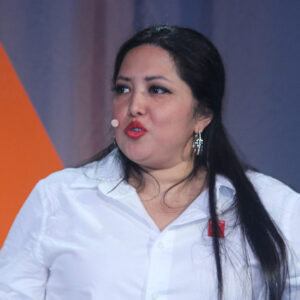 In pig production, one of the key issues is feed efficiency. After all, the majority of the pig industry’s carbon footprint is related to feed that needs to be produced somewhere. So anything that can be done to improve feed efficiency will have an impact on the environment, Streatfeild explained.
In pig production, one of the key issues is feed efficiency. After all, the majority of the pig industry’s carbon footprint is related to feed that needs to be produced somewhere. So anything that can be done to improve feed efficiency will have an impact on the environment, Streatfeild explained.
For that reason, on behalf of pig genetics company PIC, Dr Julia Adriana Calderón Díaz took to the stage to explain how the company includes feed efficiency in its breeding goals. She identified various definitions of feed efficiency as well as how to measure it. She concluded that the concept itself is multifactorial, taking in components of nutrition, environment, equipment management and health – and a predisposition to any of those can be selected by genetics. She said that feed efficiency has a moderate heritability of 30-40%. PIC’s overall breeding goal has components such as sow herd productivity, fast and efficient growth, robustness and total carcass value. All have links with sustainability and feed efficiency, she explained. She concluded her talk by saying that responsibility for improvement extends across the whole production chain, and long-term sustainable efficiency must incorporate robustness traits.
In poultry production: health issues
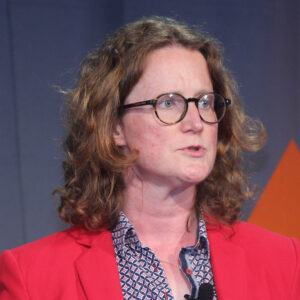 Along similar lines, Prof Fiona Walsh also tapped into “doing more with less”; as a microbiologist at Maynooth University in Ireland, she focused on health issues, particularly antimicrobial resistance and microbiome research. She explained how the gut microbiome of animals has become increasingly understood over the last few years – and how content can be compared so effects of antibiotics, zinc or other virulence factors, for example, can be taken into account. She gave practical examples of research carried out with broilers and layers, where a mannan-rich fractions (MRF) product was tested, after which effects on the microbiome were tested. Her conclusion was that MRF maintains the healthy caeca of broilers and layers and leads to greater uniformity of microbiomes and better productivity.
Along similar lines, Prof Fiona Walsh also tapped into “doing more with less”; as a microbiologist at Maynooth University in Ireland, she focused on health issues, particularly antimicrobial resistance and microbiome research. She explained how the gut microbiome of animals has become increasingly understood over the last few years – and how content can be compared so effects of antibiotics, zinc or other virulence factors, for example, can be taken into account. She gave practical examples of research carried out with broilers and layers, where a mannan-rich fractions (MRF) product was tested, after which effects on the microbiome were tested. Her conclusion was that MRF maintains the healthy caeca of broilers and layers and leads to greater uniformity of microbiomes and better productivity.
Speakers of interest
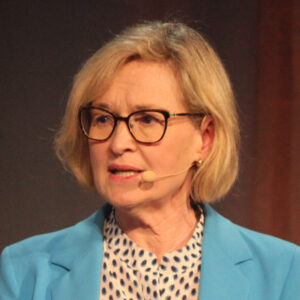 The event had a long list of other speakers with messages revolving around sustainability. Mairead McGuinness, for instance, is an Irish politician currently serving as the European commissioner for financial services, financial stability and capital markets union. It is her role to make flows of money go towards the goal of sustainability. She identified a “conflict between citizens about how people are dealing with climate change”. She said, “We have to lead the change,” adding that the agricultural sector was ready for that. “I have yet to meet a farmer who wishes to destroy nature … The farmers that I know are hungry for knowledge.”
The event had a long list of other speakers with messages revolving around sustainability. Mairead McGuinness, for instance, is an Irish politician currently serving as the European commissioner for financial services, financial stability and capital markets union. It is her role to make flows of money go towards the goal of sustainability. She identified a “conflict between citizens about how people are dealing with climate change”. She said, “We have to lead the change,” adding that the agricultural sector was ready for that. “I have yet to meet a farmer who wishes to destroy nature … The farmers that I know are hungry for knowledge.”
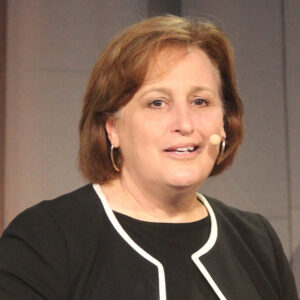 One of the last speakers of the summit was Constance Cullman, president and CEO of the American Feed Industry Association. She broke the ice straightaway: “The folks in the US have no idea what is going on in the EU … There are incredibly innovative practices in Europe – and in the US.” She proposed that the US and the EU have a robust conversation asking what can be learnt from one another, given that they have so much in common.
One of the last speakers of the summit was Constance Cullman, president and CEO of the American Feed Industry Association. She broke the ice straightaway: “The folks in the US have no idea what is going on in the EU … There are incredibly innovative practices in Europe – and in the US.” She proposed that the US and the EU have a robust conversation asking what can be learnt from one another, given that they have so much in common.
Join 13,000+ subscribers
Subscribe to our newsletter to stay updated about all the need-to-know content in the dairy sector, two times a week.


